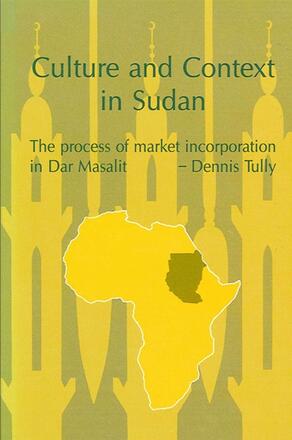
Culture and Context in Sudan
The Process of Market Incorporation in Dar Masalit
Alternative formats available from:
Description
This book illustrates that external factors, especially international political processes interacting with large-scale ecological and demographic changes, are the primary cause of problems experienced by the Masalit and other people in the Third World. The Masalit are Muslim farmers formerly independent as part of the sultanate of Dar Fur. Tully examines the local processes by which the Masalit became economically, politically, and culturally incorporated into the Sudan, and thus into a nexus of global forces.
Culture and Context in Sudan clarifies the complicated macro-micro linkages responsible for the continuing environmental degradation, increasing inequality, and cultural assimilation that is so detrimental to the people of Dar Masalit. The author analyzes new data as well as previously-existing information to demonstrate the multi-level process of change and how it determines individual choices.
Reviews
Tully provides an interesting balance between detailed description and theoretical framework. He takes a macro-global hypothesis and discusses it on the level of actual micro, or human, experience. I believe that this makes a significant contribution to the fields of both global economic study and modern Sudanese studies. " — John Voll
"This is a clearly written and well argued case study of the impact of the world capitalist system on local economy and social structure in a Third World context. The author convincingly demonstrates the linkage between the incorporation of rural communities into world systems and the development of under-development. " — Amal Rassam
"This is an original and innovative work, combining theory and data in sensible and intelligent ways, and challenging some orthodox ideas about Third World development. " — Simon Ottenberg
"Culture and Context in Sudan is a first-class, substantive economic ethnography which contributes to the understanding of a region of considerable ethnic and political complexity. " — Dale Eickelman